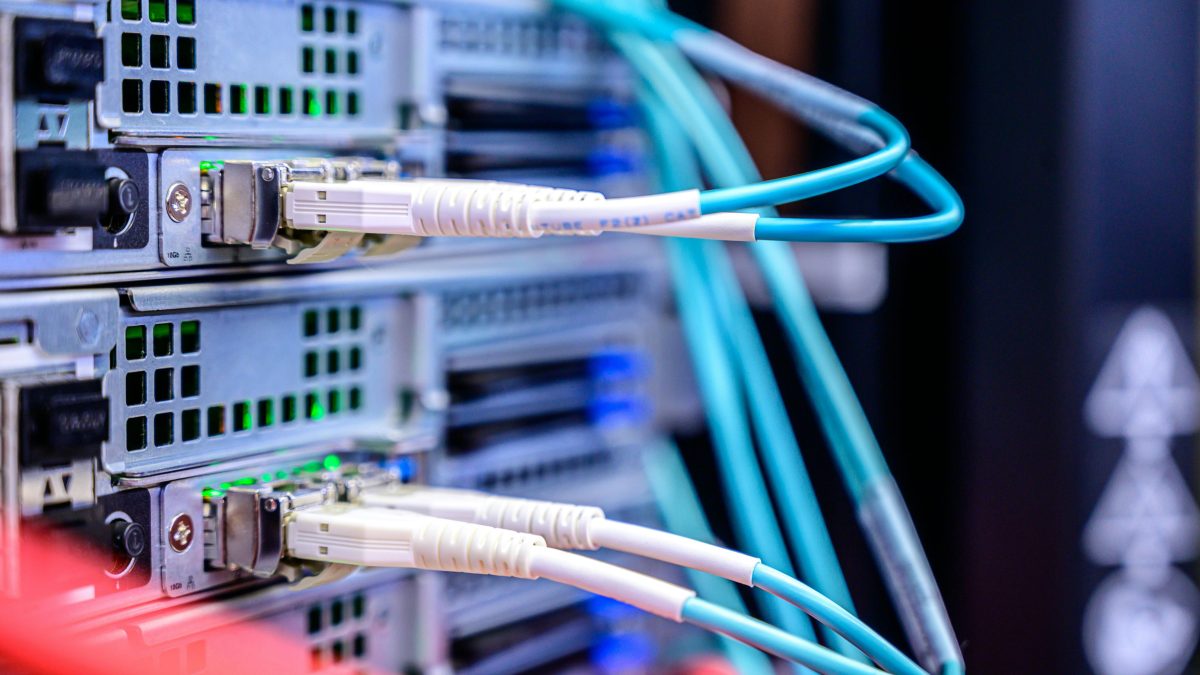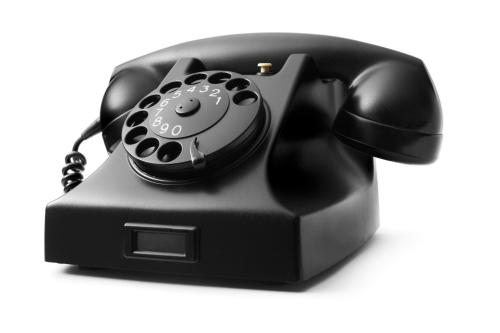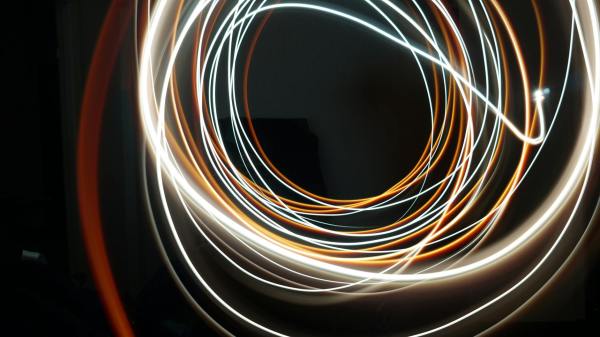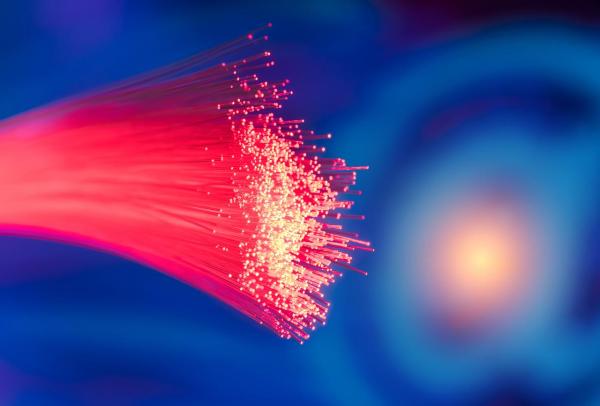Environmental objectives
Telefónica’s evolution is not limited to networks and services; we are also moving towards a company with clear environmental objectives, consistent with the 3 Rs of Recycling: reduce, reuse and recycle.
The first R, REDUCTION, is closely linked to fibre optics, which consumes less energy than copper, breaks down less and is much faster. Thanks to this, we have reduced the number of exchanges from 8,000 copper exchanges to 3,000 fibre exchanges, with the corresponding decrease in energy consumption.
To reduce the number of exchanges, we have had to migrate services and customers, shutting down legacy networks, which involves shutting down and disconnecting all their telecommunications equipment. This process does not happen overnight; it has been a costly and planned process, which has managed to recover spare parts from the obsolete equipment that was being shut down, and use these spare parts for the equipment that was still operational. This is where the second R, REUSE, comes in. We have taken advantage of everything that is shut down as spare parts for the rest of the plants while they are still operational.
But at Telefónica we have gone further with reuse. Could what we don’t use, whether obsolete or not, have a second life? Could another company be interested in it? Do we have this organised at Telefónica? A kind of ‘Vinted’ for telecommunications equipment? Although it may surprise you, it does exist. We have a corporate application called MAIA that organises this process. All the equipment to be sold from the different units is published in the MAIA catalogue, through which the relevant offers are made and the equipment is sold.
Finally, the third R, that of RECYCLING. Everything that we have not been able to reuse or sell second-hand, we recycle. After the shutdown of entire technologies, we recycle the obsolete equipment and even the cable they use. In this process we have learnt that some materials have more value than others for recycling. There is equipment that contains precious metals, rare earths, from which a positive economic balance can be obtained. It is not ‘worthless scrap’. There are chips and cards with connections that were once manufactured with much higher percentages of valuable materials than current equipment, which is much more abundant in plastic. In addition, we have learned a lot about the WEEE (Waste Electrical and Electronic Equipment) recycling market, contacting managers, reviewing environmental authorisations, LER codes, NIMAs and processes. In this way, our WEEE is introduced into a recycling stream with all the necessary guarantees and safeguards. All these waste outputs are recorded in a Telefónica corporate application, GReTel (Gestión Residuo Telefónica), ensuring the traceability of our waste.
In conclusion, the transition from copper to fibre optic not only improves our services, but also reflects our dedication to reducing environmental impact. Through reduction, reuse and recycling, we are building a more sustainable future for everyone.
We will continue working to find new ways to improve and contribute positively to the environment, demonstrating that technology and sustainability can go hand in hand.











